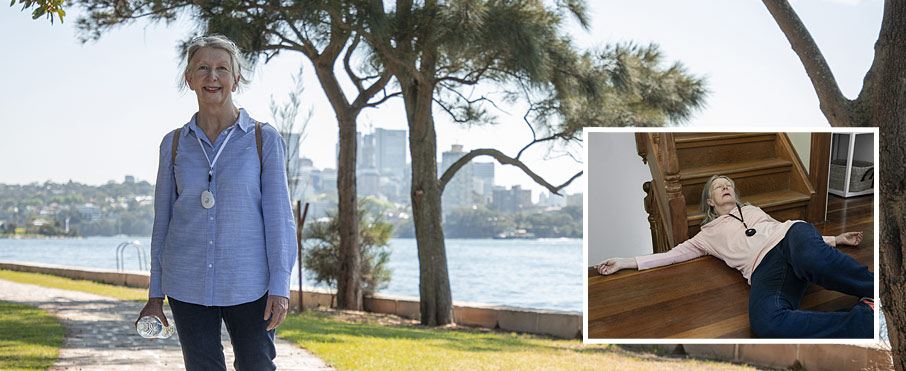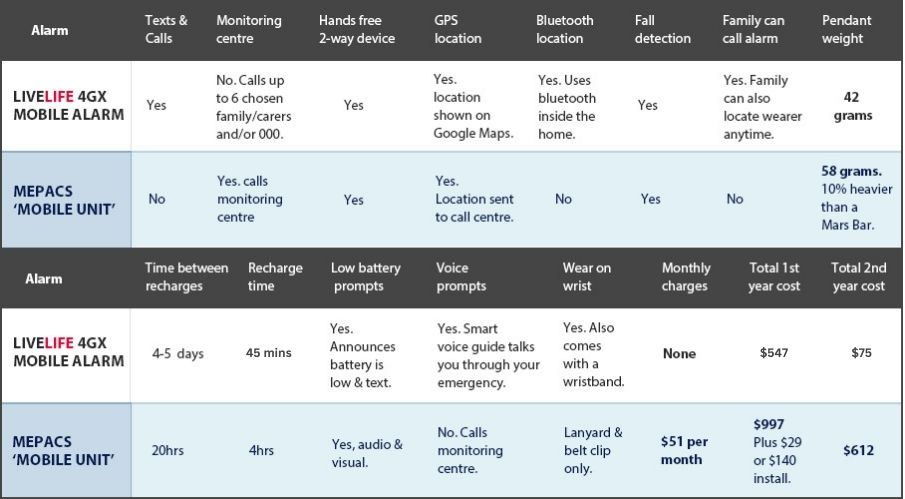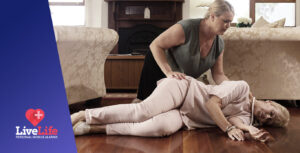
Mepacs vs Live Life Alarms – A Comparison
For the elderly two desires remain foremost in their minds as they age. People wish to remain independent and to continue to live at home for as long as possible. They want to retain the freedoms and activities they are accustomed to. They want to feel safe doing whatever their heart desires whether that is indoors or outdoors.
Across the breadth of Australia our elderly population to a large degree is healthier than their parents were in their seventies, eighties and nineties. But even with a generally improved health outlook the risk of falling remains for many and help needs to be available wherever they are. LiveLife Alarms recognised this a number of years ago and was one of the first personal alarm companies in Australia to offer a truly, mobile alarm that works anywhere there is available mobile network coverage.

Over the last few years our elderly customers and their families have helped us greatly with informed feedback on what features are needed and the service levels that suit them and their families. As a result we have continuously improved our mobile personal alarm to meet the needs of our community.
The key differences between the MePACS Mobile Alarm and the LiveLife Personal Mobile Alarm
The features and affordability of the LiveLife 4G Mobile Alarm have been what has led it to be the largest selling personal alarm in Australia. When a fall is detected or help is needed the LiveLife Alarm texts your location to as many as 6 family members (if they have a mobile phone). It then starts calling each emergency contact one by one. When someone answers 2 way communication through the alarm is started. By default the call sequence loops once meaning each emergency contact could receive two calls. However, the call sequence can be cancelled at any time by the wearer. If 000 (emergency services) is programmed as one of the contacts then the device will call 000 if the emergency call sequence makes it to that spot in the call sequence before being cancelled by the wearer.
The MePACS Mobile 4G Unit is an add on pendant to their home based alarm system. The MePACS mobile device has two way communications with the MePACS team and an inbuilt GPS locator. You’ll still need to wear the MePACS home pendant at all times and when you leave the house, you must take the mobile alarm. If assistance is required you must press the help button and MePACS will contact you within 2 minutes. MePACS will then call a nominated contact or the emergency services and keep in contact with you until help arrives. The MePACS mobile unit can be purchased for $385.00 and is $12.00 on top of home alarm monitoring each month.*
A mobile alarm needs to be recharged like a mobile phone and so the required time between charges and the time on the charger is hugely important. A MePACS Mobile Unit battery needs to be charged within 20 hours of use or less, whereas the LiveLife Mobile 4GX Mobile Alarm can wait 4 to 5 days before needing a recharge and only takes 45 minutes to recharge from the low battery warning as opposed to 4 hours. When the LiveLife alarm battery is low it will announce to the wearer in a clear Australian accent that it needs recharging. If the wearer of the LiveLife Alarm still doesn’t charge their alarm then when the battery falls to 10% the alarm will send a low battery text message to a nominated contact. This means a wearer is more likely to keep using their device consistently. The MePACS mobile alarm also has an audible and visual low battery warning.
Smart voice guide
Wearers also want to know what is going on when they activate their device. That’s where LiveLife have introduced Smart Talk. During an emergency our alarm will immediately speak to the wearer guiding them through their emergency. At other important times the LiveLife Alarm uses these voice prompts making it simple to use. For example, when the LiveLife Alarm is placed on the charger a voice will announce “Your LiveLife Alarm is charging” or, if a medication reminder is set then the alarm will announce, at a predetermined time “Now might be a good time to take your medicine. Have you taken your medicine today?”.
Comfort, fit and style
A wearer wants to feel comfortable and that may mean wearing a personal alarm around their neck, clipped to their belt or on their wrist depending on preference. Consequently the device should be small, light enough and have a form that suits all these modes of wear. MePACS, unlike LiveLife Alarms do not supply a wristband. Their Mobile Unit weighs a hefty 58 grams which is 10% more than a Mars Bar around your neck. In comparison the LiveLife 4GX Mobile Alarm weighs only 43 grams and is smaller overall.
Monitoring and affordability
The MePACS Mobile Unit comes as an add on to their home based unit and connects with the MePACS monitoring centre when activated. In some situations a monitored alarm is a good solution for a particular wearer. In our experience an alarm monitored by up to 6 family members/carers is a perfectly adequate system for most wearers and there are many advantages in having the people who love you the most being the ones who take your call when you need help.
LiveLife Alarms is trying to bring safety and affordability to seniors. With a first year cost of $547 and the only ongoing cost in year two of $75 we are providing an affordable path to peace of mind for wearers and their families. With MePACS, you need to purchase the Mobile alarm with the Home alarm for your safety or can upgrade if you currently have a home alarm. MePACS costs are 1. Response Service $51 per month 2. Plus $385 one-off fee for mobile alarm (inc GST) 3. Installation (Professional $140 / Self Installation one product $29 / two products $39). A considerable, financial commitment for many seniors and families. *
* Pricing from MePACS LiveChat and website 15th Dec 2021.













